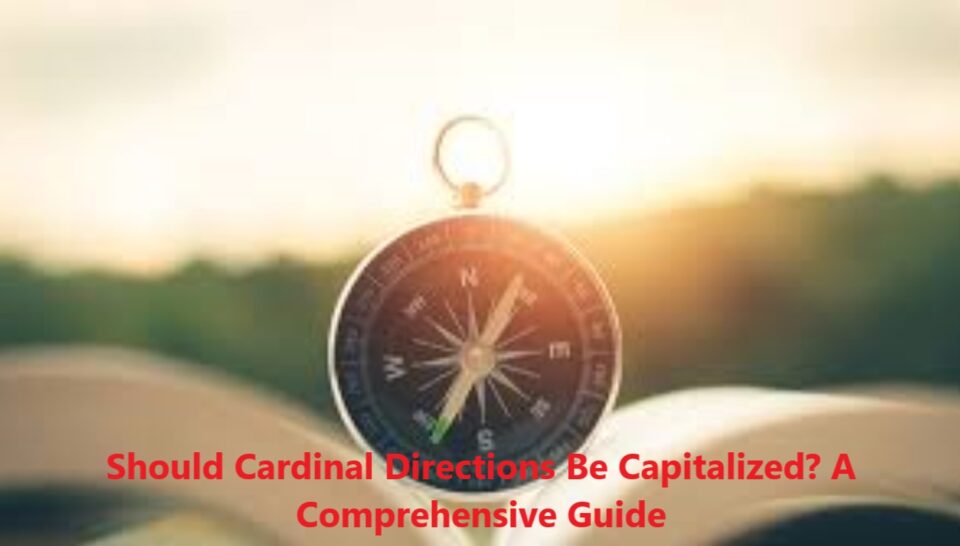The skies over the UK have become a canvas of cosmic wonder recently, with celestial events captivating stargazers and casual observers alike. After a summer filled with meteor showers, including the dazzling Perseids, which peaked in August, the excitement continues as new sightings of the northern lights have been reported. This weekend, another opportunity to witness the aurora borealis presents itself, particularly across various regions of the UK.
Back in May, the northern lights were visible across a remarkable swath of the UK, from the scenic Highlands of Scotland to the coastal areas of Cornwall and even within the bright confines of London, which typically suffers from excessive light pollution. This phenomenon has recurred in recent months, with notable sightings in July and again in early August. September offered yet another chance to observe these ethereal lights, accompanied by alerts even in typically less accessible locations like London. As of October 11, the celestial display graced the skies once more, igniting anticipation for another potential sighting this weekend.
The aurora borealis, commonly known as the northern lights, usually graces high-latitude regions like the Arctic and parts of Scandinavia. Its stunning display is caused by charged particles released from the sun, known as solar wind, interacting with the Earth’s magnetic field. When these particles collide with our atmosphere at high velocities, they create vibrant colors that paint the night sky. The green hues are predominantly due to oxygen at high altitudes, while lower altitudes can yield purples, blues, and pinks, thanks to nitrogen interactions.
For those eager to catch a glimpse of this magical phenomenon, several factors come into play. The best chance of viewing the northern lights lies in the northern reaches of the UK, particularly Scotland and Northern Ireland, where the auroras are frequently visible. However, southern areas of Scotland, as well as parts of northern England and Wales, can sometimes be treated to a view, especially in rural settings where light pollution is minimal.
To maximize your chances of witnessing the northern lights, it’s crucial to be informed about the conditions and timing. The ideal situation for viewing is to find a dark location with minimal light pollution. Once you have your spot, it’s recommended to face the northern horizon. Keeping an eye on the AuroraWatch X feed is an excellent way to stay updated; if you see a ‘red’ alert, it’s time to head out to a darker locale.
As for timing, the lights are generally visible after sunset, but the optimal viewing hours occur when the sky is at its darkest, typically around midnight. With the nights getting longer, now is an excellent time for enthusiastic sky-watchers to gear up for what could be an unforgettable evening.
Recent forecasts indicate that the UK is currently experiencing heightened auroral activity, which bodes well for potential sightings. However, the northern lights are notoriously unpredictable. Their visibility can fluctuate dramatically based on solar activity, weather conditions, and geographical location. Generally, the period from late September to mid-March is considered the prime time to observe the aurora, leading many enthusiasts to refer to this interval as “aurora season.” With this season now upon us, opportunities to witness this breathtaking natural wonder abound.
For those who may be less familiar with the phenomenon, the northern lights can sometimes be elusive, with sightings often dependent on several factors aligning perfectly. Factors such as clear skies, solar activity, and geographic location can all play a role in determining the visibility of this spectacular event. Keeping up-to-date with auroral forecasts and local weather reports can significantly enhance your chances of witnessing the lights.
There are several excellent resources for those interested in tracking aurora activity. Websites like AuroraWatch provide real-time updates on auroral activity levels, allowing enthusiasts to plan their outings accordingly. Additionally, there are numerous social media channels and apps dedicated to aurora tracking that can provide instant alerts and updates on potential sightings.
For those who are keen to make the most of the current conditions, some of the best viewing spots in the UK include rural locations in Scotland, where the backdrop of stunning landscapes can make the experience even more memorable. Areas known for their minimal light pollution, such as the Isle of Skye or the North Coast 500 route, offer exceptional vantage points for observing the auroras.
While the northern lights are most frequently associated with remote, northern regions, the recent uptick in sightings across the UK indicates that this awe-inspiring phenomenon is becoming more accessible to a broader audience. As climate patterns change and solar activity fluctuates, it’s increasingly possible for those in southern parts of the UK to experience the wonder of the aurora borealis.
So, if you’re wondering when and where to catch the northern lights tonight, keep your eyes to the sky, check local auroral alerts, and prepare for a potentially magical evening. Whether you’re a seasoned sky-watcher or a curious newcomer, the chance to witness the northern lights is an opportunity not to be missed. The night sky holds many secrets, and the aurora borealis is one of its most enchanting displays, inviting all to step outside and gaze in wonder.







